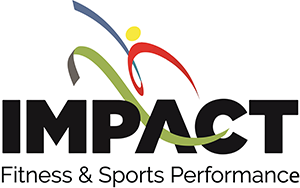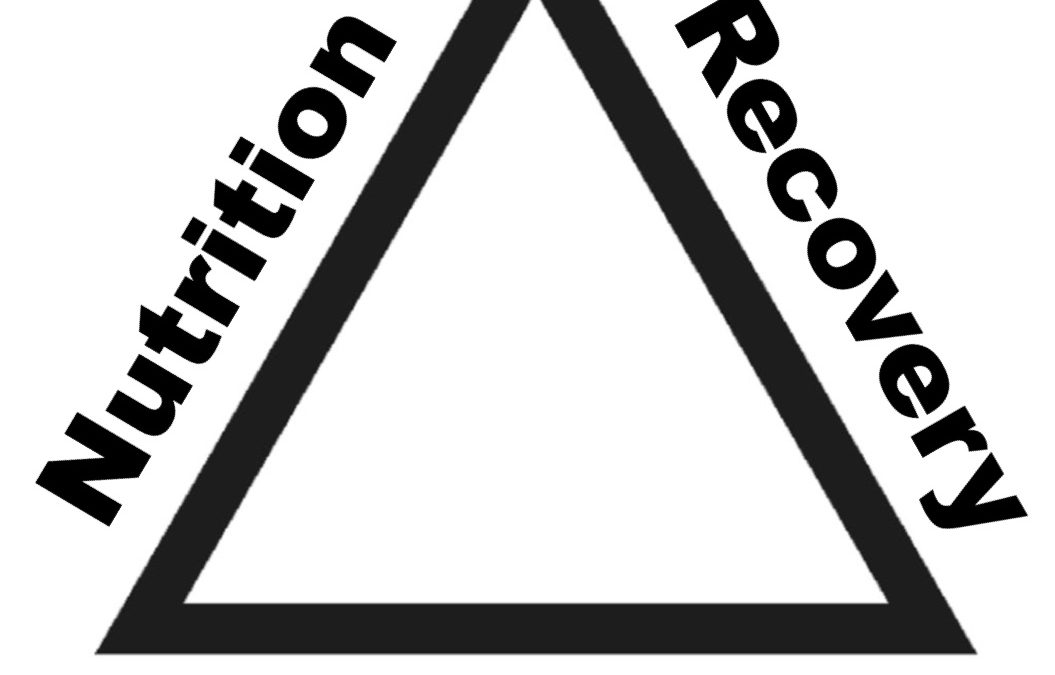Introduction:
Optimizing recovery in training is an essential part of any athlete’s sports performance. Whether you are an amateur athlete or a professional, ensuring that you maximize your recovery is key to achieving your goals and getting the most out of your training. In this blog post, we will discuss 4 rules to follow for optimizing recovery in training, so you can reach your maximum potential.
- Sleep
A good night’s rest is not only important for mental recovery, but for physical recovery as well. During sleep, your body is able to repair damaged muscles and synthesize hormones, such as growth hormone, that help your muscles recover. A study from the Annals of Internal Medicine showed that those who slept 8.5 hours a night were able to lose more fat than those who only got 5.5 hours of sleep. This highlights the importance of getting sufficient rest in order to maximize your training gains.
Make sure you’re getting enough rest between workouts by aiming for 7-9 hours of sleep every night. Avoid stimulants like caffeine close to bedtime and set a consistent sleep routine in order to reap the full benefits of proper rest. This will help ensure you are fully recovered and ready for your next workout.
How to improve your sleep
Sleep is essential for good health, mental clarity, and overall well-being. While everyone needs a different amount of sleep, studies have shown that most adults need at least 7-8 hours of quality sleep per night. If you’re having trouble getting the rest you need, there are a few things you can do to help improve your sleep:
1. Keep your bedroom quiet, dark, and cool. The ideal temperature for sleeping is around 65 degrees Fahrenheit. It’s also important to keep the room as dark and quiet as possible to help create a more restful environment.
2. Make sleep a priority. Make sure to give yourself enough time to get the recommended 7-8 hours of sleep per night. Skimping on sleep can lead to weight gain and decreased mental clarity, so make sure to plan ahead and go to bed on time each night.
3. Cut down on caffeine. Caffeine is a stimulant that can stay in your system for up to 6 hours, making it difficult to fall asleep at night. Try to limit caffeine intake late in the day or eliminate it altogether for optimal sleep quality.
.4. Avoid screens before bedtime. The blue light from screens like phones and TVs can interfere with melatonin production, making it harder to fall asleep. Try reading or listening to music instead of looking at a screen right before bedtime.
2. Nutrition
Good nutrition is essential for athletes to reach their performance goals, and recovery plays a major role in this. When athletes don’t get the necessary nutrients, their performance can suffer, as can their overall health. The three macronutrients – carbs, proteins and fats – are especially important when it comes to recovery.
Carbs are the main source of energy for your body, so it’s important to ensure that you’re getting enough of them. Eating whole grains and complex carbohydrates, like oats and sweet potatoes, provide sustained energy throughout the day and aid in post-workout muscle recovery. Carbs also help replenish glycogen stores in the muscles, which are used up during exercise and need to be replaced for optimal performance.
Protein is an essential nutrient for muscle growth and repair, which makes it important for recovery. Eating lean sources of protein like chicken, fish, beans and legumes can help keep your muscles strong and healthy, and help with recovery after tough workouts.
Finally, dietary fats play an important role in energy production and maintaining cell health. Healthy sources of fat, such as nuts, seeds, avocados and fatty fish like salmon, can help optimize recovery time.
So make sure that you’re getting enough of the right kind of carbs, proteins and fats in your diet to maximize recovery and reach your performance goals.
Good nutrition is essential for optimizing recovery in training.
One way to ensure your body is getting the nutrients it needs is to focus on your glycemic index. Glycemic index (GI) is a ranking system that measures how quickly a carbohydrate-containing food raises your blood sugar levels. Foods with a high GI are broken down quickly and cause your blood sugar levels to rise quickly, whereas foods with a lower GI take longer to break down and cause your blood sugar levels to rise slowly.
Eating foods with a low GI can be beneficial for recovery in training because they provide you with sustained energy throughout the day and can help stabilize your blood sugar levels, leading to improved mental clarity and better overall performance. However, after a challenging training session it might be wise consume foods that are high in glycemic index, aiding in glycogen replenishment of the muscles. See this site for examples for foods that are high and low in glycemic index. Note that this is just a very small piece of the puzzle. I like to utilize this chart for nutrient timing more than anything. https://www.mkuh.nhs.uk/patient-information-leaflet/glycaemic-index-gi
3. Hydration
Staying hydrated is essential for optimal muscle functioning, providing lubrication and allowing proper movement. When the body is dehydrated, a multitude of body functions can be compromised. Studies have shown that power output can decrease by up to 5% if an individual is even slightly dehydrated.
In order to remain properly hydrated, the Centers for Disease Control and Prevention (CDC) recommends that adults drink 2-3 liters of water per day, depending on age and gender. Those who are more active, who live in hotter climates or have certain medical conditions may need to drink even more water. It’s important to listen to your body and keep track of your hydration levels. If you’re thirsty, you’re likely already behind. Other signs of dehydration include dry mouth, headache, dizziness, dark-colored urine, and fatigue.
It’s essential to stay properly hydrated in order to maximize recovery from training sessions. In addition to drinking plenty of water, athletes may also want to consider drinking electrolyte-enhanced beverages. These will help replenish electrolytes lost during exercise and may improve performance. Sports drinks and coconut water are both good options for adding electrolytes to your diet.
By following these guidelines, athletes can ensure they stay properly hydrated to maximize their recovery and performance.
4. Active Recovery
Active recovery is a key component of optimizing your training routine and reducing the risk of injury. Active recovery involves using exercises and movements to increase blood flow, decrease soreness, and promote mobility. Examples of active recovery include foam rolling, yoga, myofascial release, and reloading at 60% to increase the fascial length of the muscles.
When you are sore or feeling fatigued it is important to stay active rather than take the day off. You can vary your training and still see progression by lightening the load and increasing the movement, decreasing the range of motion and targeting sticking points, and focusing on the speed of the bar. It is important to understand the difference between peripheral and central fatigue to plan active recovery effectively.
By incorporating active recovery into your training routine, you can reduce the risk of injury, improve performance, and enhance recovery time. So make sure you keep active and take some time to focus on recovery – your body will thank you for it!
Conclusion
The four rules outlined above, when properly implemented, will help to optimize recovery in training and ensure that athletes are able to perform at their peak levels. Sleep, nutrition, hydration, active recovery, and mental recovery all play an integral role in the success of any training program. By taking the time to understand and prioritize each of these areas, athletes can maximize their performance and reach their goals. Remember, physical progress comes with a strong mindset. Investing in mental, spiritual, and emotional growth is just as important as physical growth and will ultimately lead to better performance in the long run.

